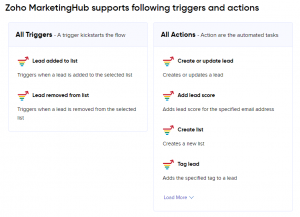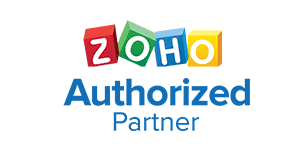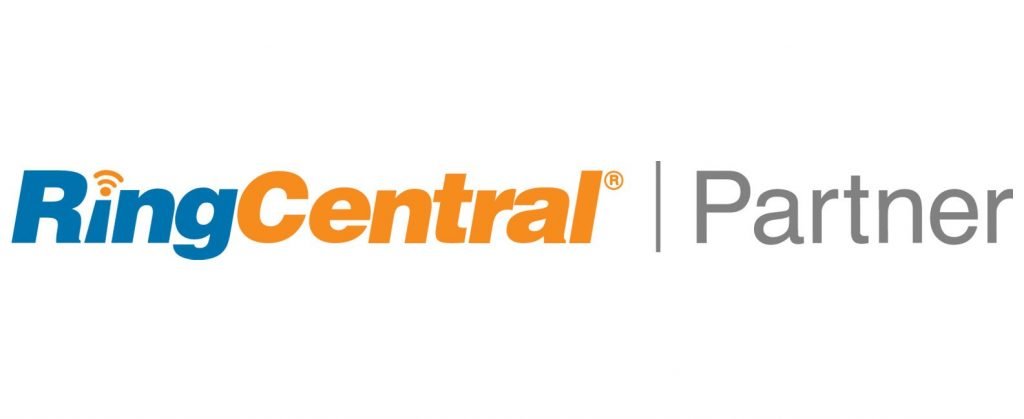Zoho Flow vs Zapier: Why Zoho Flow is better than Zapier
Why we prefer Zoho Flow over Zapier
 VS
VS
We know what you’re probably thinking :). How can Zoho Flow be better than Zapier? Our perspective is based on using Zoho Flow for hundreds of small businesses Zoho implementations. The first reason is, Zoho Flow is included with Zoho One. Many small businesses have been opting to purchase Zoho One for all staff instead of purchasing a select few Zoho apps for a select few staff. The Zapier free tier looks appealing at first glance, but when you start calculating how many flows and tasks it will take to successfully move your data to and from as you envision, you quickly have to move to the $20 a month tier, and before you know it, you’re paying $60 a month for Zapier, because why again? Look, we know Zapier and Automate.io are the supposed kings in this integration space. They have the most recipes and have the largest partner networks. There is an equalizer that all of these systems use and Zoho has. The Webhook! Using webhooks, you can integrate just about any application with Zoho Flow and Zoho products.

If your goal is to push external data to your internal Zoho software, we suggest using Zoho Flow. For one, the Zoho Flow offers more Zoho products to build flows with. QuakeCinch has not compiled a list of applications that are available in Flow, but not Zapier. The first one we checked and use often is the Zoho Marketing Automation flows. Zapier does not natively integrate with Zoho Marketing Automation. We are sure there are others. Using Zoho Flow, you’ll have access to Zoho beta integrations and can be early Zoho recipe adopters.

What about your skills? No matter what your role, many users such as accidental techies, marketing managers, or software developers can all build integrations with Zoho products. We all know about learning a new software right? It can be challenging for the best of us to not use four-letter words while experimenting and remembering settings. Sure, there are underlining technologies that once you grasp the concepts, you can use just about any integration software and be successful. Someone new to connecting systems may have spent hours working in Zapier. Not necessarily building anything of substance or live integrations, just learning the interface and product internal lingo. Imagine, if you start with Zoho Flow as your first integration app, you’ll be happy you did. Why, because Zoho has made it easy by putting all the apps and possibilities on the table for you to spread out and start picking components. Let’s face it, once data is pushed or pulled to Zoho, either from a Zapier recipe or from Automate.io, the magic happens with what you do with the data once received or prior to sending it out of your Zoho realm. Zoho Flow makes it easy to integrate Zoho products with each other. Remember, just because Zoho makes an app you want to use, it doesn’t mean the Zoho app will easily and natively integrate with another Zoho app. Sure, you can learn Zoho scripting language Deluge, but code scripting is not something that can be learned overnight or in a weekend. Zoho Flow makes you a jr. developer rather easily because you are dragging and dropping components using a GUI (graphical user interface). Once you learn the components of Flow and how to create connections and build data flows, you can easily repurpose those skills to build integrations between your Zoho products. You’ll be fetching data, creating variables, and connecting systems in no time!
One capability we liked about Zapier is the email parser. Basically, this allows you to receive emails, extract the data and then push that data to a Zapier connection to begin loading systems with data and triggering events. Zoho Flow does not have an email parser component, but Zoho CRM has an email parser built into the Zoho CRM software. You can receive emails and create new records. Using Zoho flow, pass those newly created records onto other systems or build some awesome data manipulation flows to automate more of your businesses’ workload.

What about support? If you’re building connections, creating triggers, using filters, authenticating, and mapping out automation of data flows, you’re bound to run into errors. If you build integrations in Zapier, the Zapier support (if you can even get them on the phone) will not be masters at working with Zoho. Zoho support (and QuakeCinch 🙂 ) are experts with Zoho Flow and the underlining Zoho product suite. It could be a little ol’ checkbox or an improperly mapped variable, anything small could cause your flows not to successfully execute. Zapier support will simply tell you it’s a problem with your Zoho flow and they will not offer to look at your Zoho flows to troubleshoot, while QuakeCinch and Zoho will ask for a remote session to work with you one on one to get your flow working as expected.
While Zapier and Automate.io are niche kings for now, if you are new to integrations, want to primarily build automation within your Zoho instance, we suggest learning and working with Zoho Flow. Especially if you have Zoho One!
We hope this gave you some food for thought re: selecting Zapier or Zoho Flow for your integrations. Everyone’s situation is different but we hope you take away something from this blog post! Happy data integrating!



